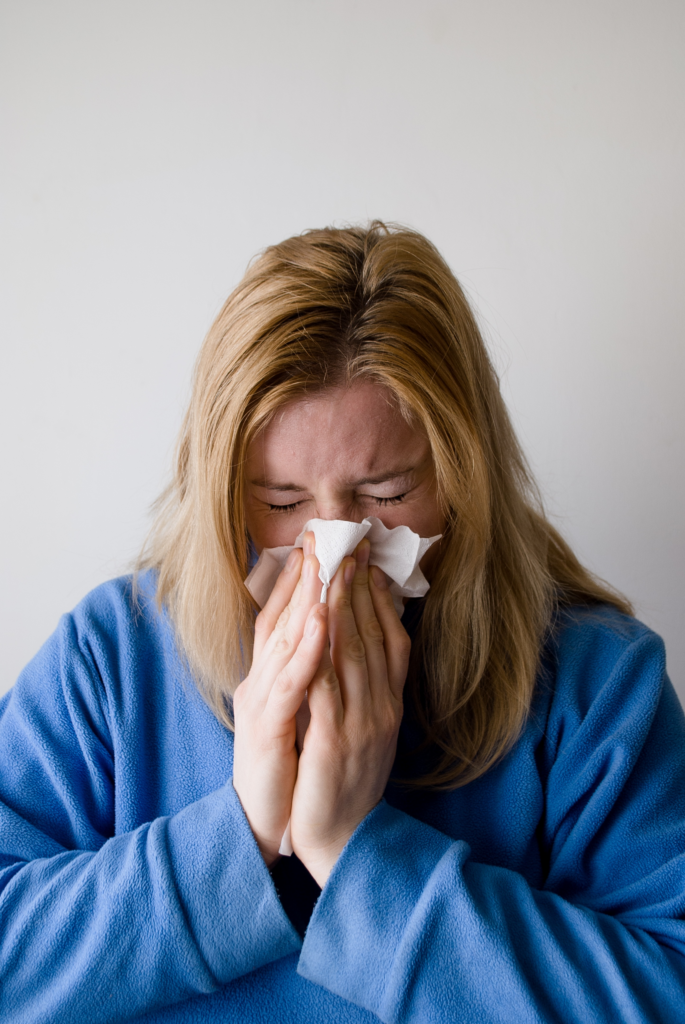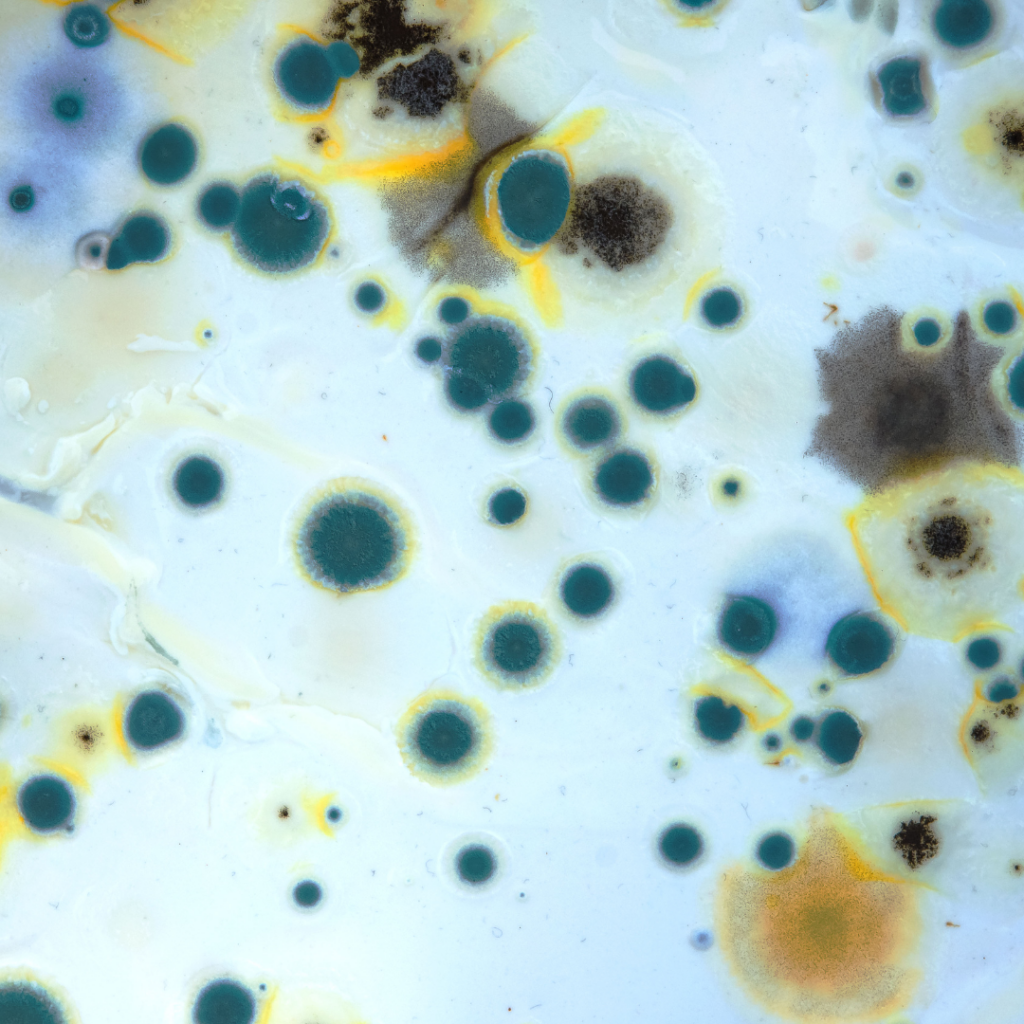
As cold and flu season sets in, many people experience persistent congestion, fatigue, and a nagging cough. While these symptoms are often blamed on seasonal viruses, sickness from mold could be the hidden culprit. Mold thrives in damp, enclosed spaces and releases spores into the air, triggering respiratory issues and flu-like symptoms. If you or your family keep getting sick without relief, consider whether mold is to blame.
Cold or Mold? Know the Difference
Mold exposure can mimic common cold and flu symptoms, making it easy to overlook. However, there are key differences that set sickness from mold apart from seasonal viruses. If you’re struggling with any of the following, mold could be affecting your health:
• Nasal Congestion – Colds usually clear up in a week or two, but sickness from mold can cause chronic stuffiness.
• Ongoing Cough – Mold spores irritate the airways, leading to a dry, persistent cough that lingers long after typical cold symptoms should subside.
• Headaches and Fatigue – Poor indoor air quality caused by mold can trigger headaches, brain fog, and unusual fatigue. Sickness from mold often leads to ongoing exhaustion, even after a full night’s rest.
• Worsening Symptoms at Home – If you feel better outdoors or in other buildings but worse when you’re home, mold could be lurking in your environment.
• Skin and Eye Irritation – Red, itchy eyes, skin rashes, and even wheezing can result from prolonged exposure to airborne mold spores.
The Hidden Danger of Mold
One of the biggest challenges with mold is that it often grows in places you can’t see. Mold spores flourish in damp, dark areas—behind walls, under floors, inside HVAC systems, and even beneath wallpaper or carpeting. If your home has experienced water damage, leaks, or excess humidity, it could be a breeding ground for mold.
Even if you don’t see visible mold, its presence can still impact your health. Many people spend more time indoors during winter, increasing their exposure to indoor air pollutants. If mold is circulating through your home’s air, it can lead to chronic illness, worsening allergies, and even long-term respiratory problems. Sickness from mold doesn’t just disappear on its own—eliminating the source is key to long-term relief.
Protect Your Health: Get Tested
If you suspect mold in your home, it’s important to act fast. Professional mold inspections can uncover hidden growth and pinpoint sources of contamination. Mold testing can determine if harmful spores are present in your indoor air. If left unchecked, sickness from mold can continue to impact your respiratory system and overall well-being.

Take Action This Winter
Don’t ignore symptoms that won’t go away. If you are experiencing ongoing cold-like symptoms with no clear cause, mold could be affecting your well-being. Sickness from mold can be persistent and frustrating. Identifying and addressing it early can improve indoor air quality, reduce health risks, and help you feel better.
This winter, don’t just treat the symptoms—eliminate the source. If you suspect mold in your home, contact us for a professional assessment and breathe easier all season long.
